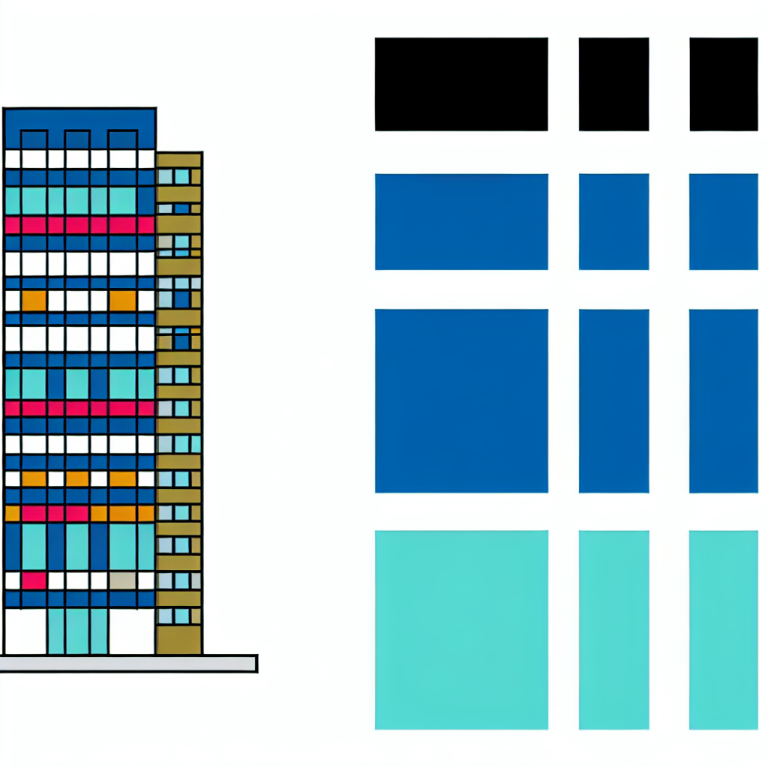In many low- and middle-income countries, there is a significant gap in accessing gene therapies, which are revolutionary treatments aimed at targeting the root cause of diseases. As our understanding of diseases progresses and technology advances, gene therapies have the potential to provide safe and effective solutions for both genetic and non-genetic conditions. However, as the field of gene therapy continues to expand, there needs to be a focus on ensuring that these innovative treatments are accessible to those who stand to benefit the most, especially in areas with high disease burdens.
Gene therapy involves manipulating gene expression or altering the biological properties of cells for therapeutic purposes, representing a cutting-edge medical approach that is currently at a crucial point. While the development of gene therapies saw a decline after initial breakthroughs in the 1990s, there has been a recent resurgence in research and development in the mid-2010s, driven by advancements in technology and increased funding from various sectors. Presently, there have been 32 gene therapies approved for clinical use worldwide, with over 2000 therapies in different stages of development. Many of these therapies are focused on treating cancer, as well as neurological, muscular, metabolic, respiratory, immunological diseases, and blood disorders.
The global gene therapy market is expected to experience significant growth, with estimates suggesting a compound annual growth rate of 30.1% between 2023 and 2028. This trajectory is anticipated to lead the market from $6.93 billion in 2023 to $25.84 billion by 2028. One of the primary strategies for delivering gene therapy involves collecting and modifying cells ex vivo, which accounts for a significant portion of therapies in development. Research efforts have also been dedicated to enhancing viral vectors, such as adeno-associated viral (AAV) vectors and lentiviral vectors, for in vivo delivery of therapeutic genes, as well as developing new non-viral delivery vehicles.
However, one of the challenges associated with gene therapies is the high cost. The prices of these treatments can range from over $400,000 per dose for therapies like Yescarta, a CAR T cell treatment for large B cell lymphoma, to over $4 million per dose for therapies like Libmeldy, a treatment for metachromatic leukodystrophy. These high prices reflect the substantial research and development expenses, the curative and long-term benefits of the treatments, and the limited number of patients affected by rare diseases. In addition, there are additional costs incurred for therapeutic administration, logistics, and post-treatment monitoring, potentially adding up to an extra $1 million per treatment.
In order to bridge the translational gap for gene therapies in low- and middle-income countries, there needs to be a concerted effort to increase accessibility and affordability. Proactive steps must be taken to address the disparities in access to these life-changing treatments. This includes developing strategies for reducing the costs associated with manufacturing and delivering gene therapies, as well as identifying mechanisms to ensure that these treatments reach underserved populations in countries with limited resources.
As advancements in gene therapy continue to progress, it is critical to consider how these innovative treatments can benefit people in all corners of the world. Closing the gap in access to gene therapies will not only improve health outcomes for individuals in low- and middle-income countries but also contribute to narrowing the global health disparities that exist today.
Source: https://www.science.org/doi/10.1126/scitranslmed.adn1902




